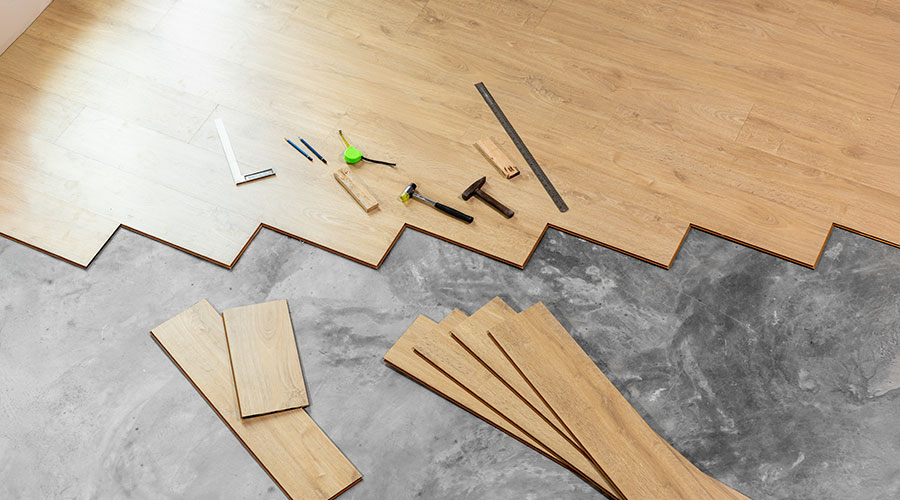Health Care Friendly Rubber
One flooring system that appears to be gaining fans is rubber, which offers a distinctive look but also remains casual, says Jennifer Barnes, vice president, RTKL Associates.
Dates has used rubber extensively on several recent projects. One is the Phoenix Children's Hospital, which is about 775,000 square feet. Rubber was used in all the patient rooms, she says.
Rubber boasts several attributes that are particularly significant in health care settings. It can be cleaned just by hosing it down, yet it also can withstand sanitizing with bleach. Rubber is non-porous, reducing the risk of infection.
To that end, seams between sheets of rubber floors in health care settings are heat-welded together. A strip of plastic is melted over the seam, creating a monolithic sheet so that "nothing can creep in underneath," says Dates. (This step sometimes is skipped when rubber is used in other types of facilities, since the pieces of rubber flooring tend to expand slightly anyway, naturally creating tighter seams.)
Another advantage of rubber is its sound-absorbency. Rubber flooring can reduce footfall sound by up to 20 decibels, leading to a perceived 75 percent reduction in sound, Dates says.
On the other hand, rubber tends to cost more than many other flooring options, such as sheet vinyl and linoleum. With raised floors, if it's likely that access to the under-floor area frequently will be needed to maintain computer or mechanical systems, tile makes more sense. Barnes only chooses sheet-flooring products when they are going to be applied over a slab. Otherwise, she will choose a tile product.
Related Topics:















